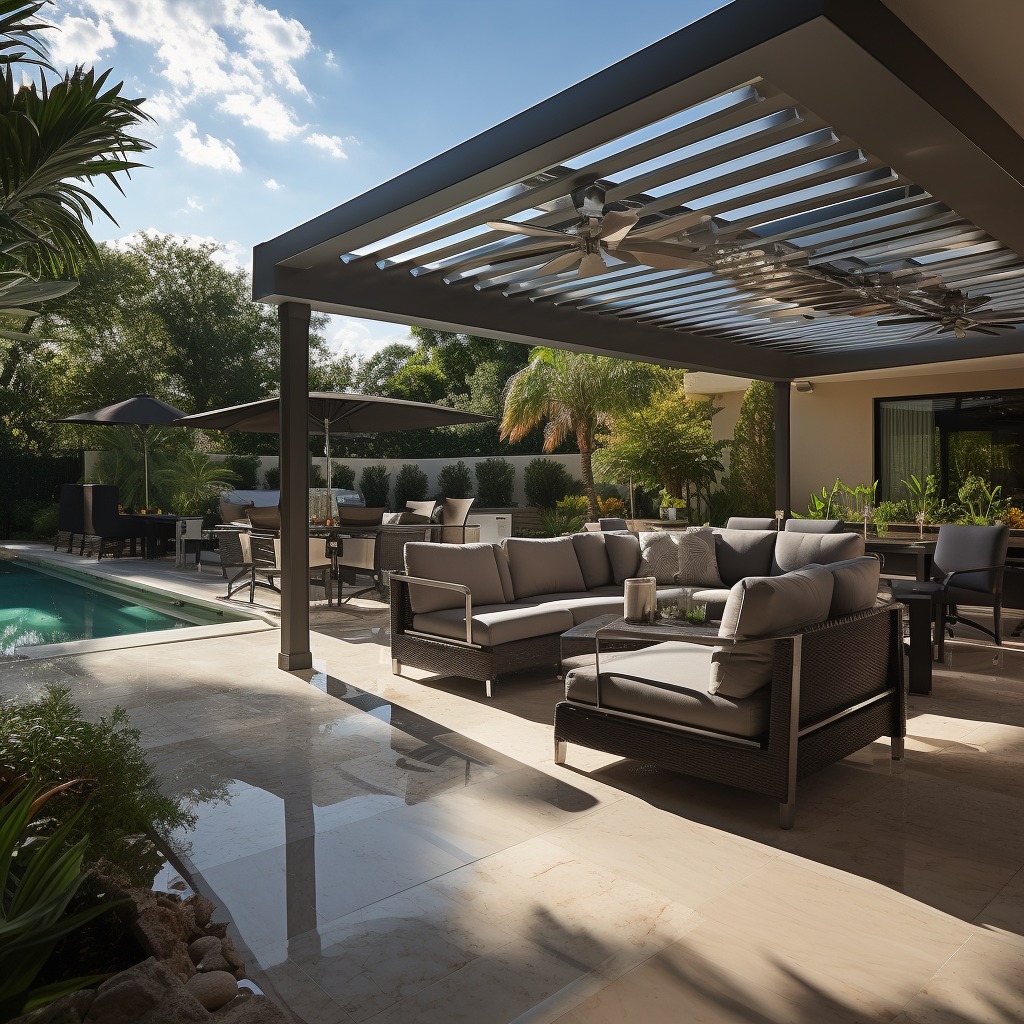
Embrace the Serenity: Landscaping Tips for Coastal Garden Retreats Sep 04, 2025
The coastal environment presents unique challenges and opportunities for landscaping. Starting with the right plant selections can set the tone for a thriving garden. Opt for native species that thrive in sandy soil and can withstand salty air and winds. Plants such as beach grass, sea oats, and dune elder are hardy choices that will anchor your garden and prevent soil erosion. Incorporating diverse textures, from the silvery leaves of lavender to the bold foliage of palmettos, will add visual depth and interest.
When it comes to hardscaping elements, consider materials that can endure the coastal climate. Weathered wood, stone, and concrete are practical choices that complement the natural surroundings. Pathways made from stepping stones or gravel can guide you through the garden and provide a rustic charm. Additionally, seating areas crafted from driftwood or sustainable materials foster a seamless blend with the landscape while offering durable options for all-weather exposure.
Wind can be a significant factor in coastal gardens, so creating windbreaks is crucial. Use hedges, fences, or trellises to shield delicate plants without obstructing the views that make your location unique. Planting taller shrubs such as sea buckthorn or hardy coastal pines along the windward side can act as a natural barrier, lessening the impact on your garden's ecosystem. These elements also add another layer of protection and privacy to your retreat.
Water conservation is vital in any coastal setting, where resources can be limited. Incorporate xeriscaping principles to minimize water usage, ensuring that your garden remains lush without excessive irrigation. Grouping plants with similar water needs, utilizing efficient drip irrigation systems, and mulching are effective strategies to retain moisture and enhance soil health. Consider rainwater harvesting to supplement your garden's water supply and contribute to sustainable garden practices.
Color palettes in coastal gardens are often inspired by the sea, sky, and sandy landscapes. Use soft blues, gentle whites, sandy tans, and vibrant greens to create a cohesive flow with the natural environment. These hues can be introduced through flowers, garden art, or even outdoor furniture, making your garden a harmonious extension of the surrounding views.
Lighting is another crucial aspect to perfect your coastal retreat. Soft, ambient lights can transform your garden into a magical space during the evening hours. Solar-powered lanterns, string lights, or strategically placed spotlights can illuminate pathways and highlight key features while being energy efficient.
Finally, incorporating elements of personal relaxation can enhance the functionality of your garden. Consider installing a small water feature, such as a bubbling fountain, to provide soothing sounds that mask the hustle of everyday life. Hammocks, cozy nooks with plush seating, or a fire pit can create inviting spaces for reflection and leisure.
In conclusion, redesigning your coastal garden to be a retreat is about embracing and enhancing the natural beauty of your location. With careful planning and the right elements, you can cultivate a serene outdoor space that not only resists coastal challenges but also welcomes you into a tranquil, private sanctuary. At Sunset Coastal Innovations, we're here to help you every step of the way to fulfill your landscaping dreams with creativity and expertise.
/filters:no_upscale()/media/44ba6c66-71c9-4ff4-bd31-63c03da1ff33.jpeg)
/filters:no_upscale()/filters:format(webp)/media/c73086b0-e587-44d6-ad8a-363f6deb5018.jpeg)